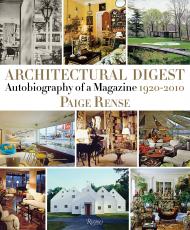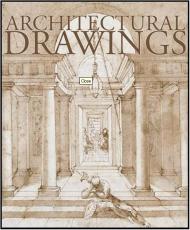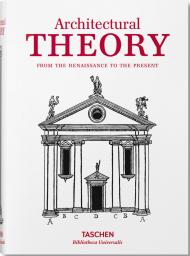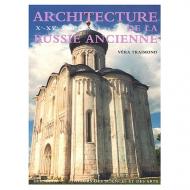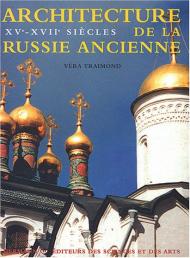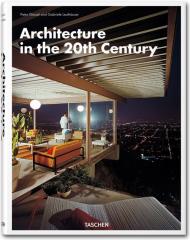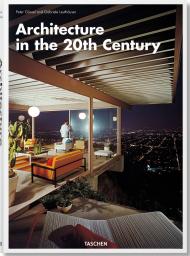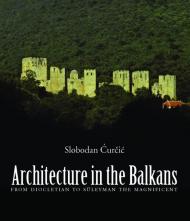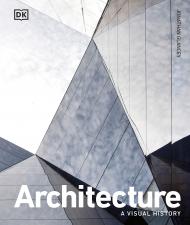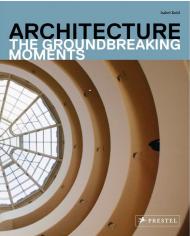The Must-Have Architectural Manual. A century of great buildings and their creators
From Frank Lloyd Wright to Antoni Gaudí, Frank O. Gehry to Shigeru Ban and all the best stuff in between, it’s all here. This essential guide celebrates 100 years of architecture’s finest, gathering large-format photos, drawings, and floor plans alongside a chronological overview to take you to the heart of the ideas, trends, and transitions that defined the 20th century.
The architecture of the 20th century is distinguished by an astonishing diversity. Just as the clash of aesthetic and commercial ambitions nevertheless produced many a happy symbiosis, so the purist and the expressive, the monumental and the picturesque came face to face. From lofty “starchitects” to lesser-known names around the world, this chronological overview takes you to the heart of the ideas, trends, and transitions that defined the 1900s.
From Frank Lloyd Wright to Antoni Gaudí, Frank O. Gehry to Shigeru Ban and all the best stuff in-between, it’s all here. Organized chronologically, the 31 chapters put it all into perspective, illustrated by hundreds of large-format photos as well as a plenitude of drawings and floor plans. The biographical appendix covers all of the century’s greatest architects while celebrating today’s new talents, and the lavish illustrations include some of the best architectural photography in the modern era.
For anyone interested in the zeitgeist and building design of the 20th century, this is your be-all-end-all reference work. The collection covers not only the architects but also the groups, the movements, and the styles that defined an era of construction. A must for all lovers of architecture!
The authors:
Peter Gössel runs an agency for museum and exhibition design. He has published TASCHEN monographs on Julius Shulman, R. M. Schindler, John Lautner, and Richard Neutra, as well as several titles in the Basic Architecture series.
Gabriele Leuthäuser worked as a scholarly associate at Centrum Industriekultur Nürnberg until 1984. She worked as a freelance consultant advising on exhibitions, museums, and industrial enterprises until her death in 2013.

